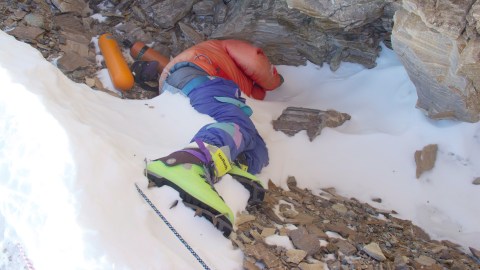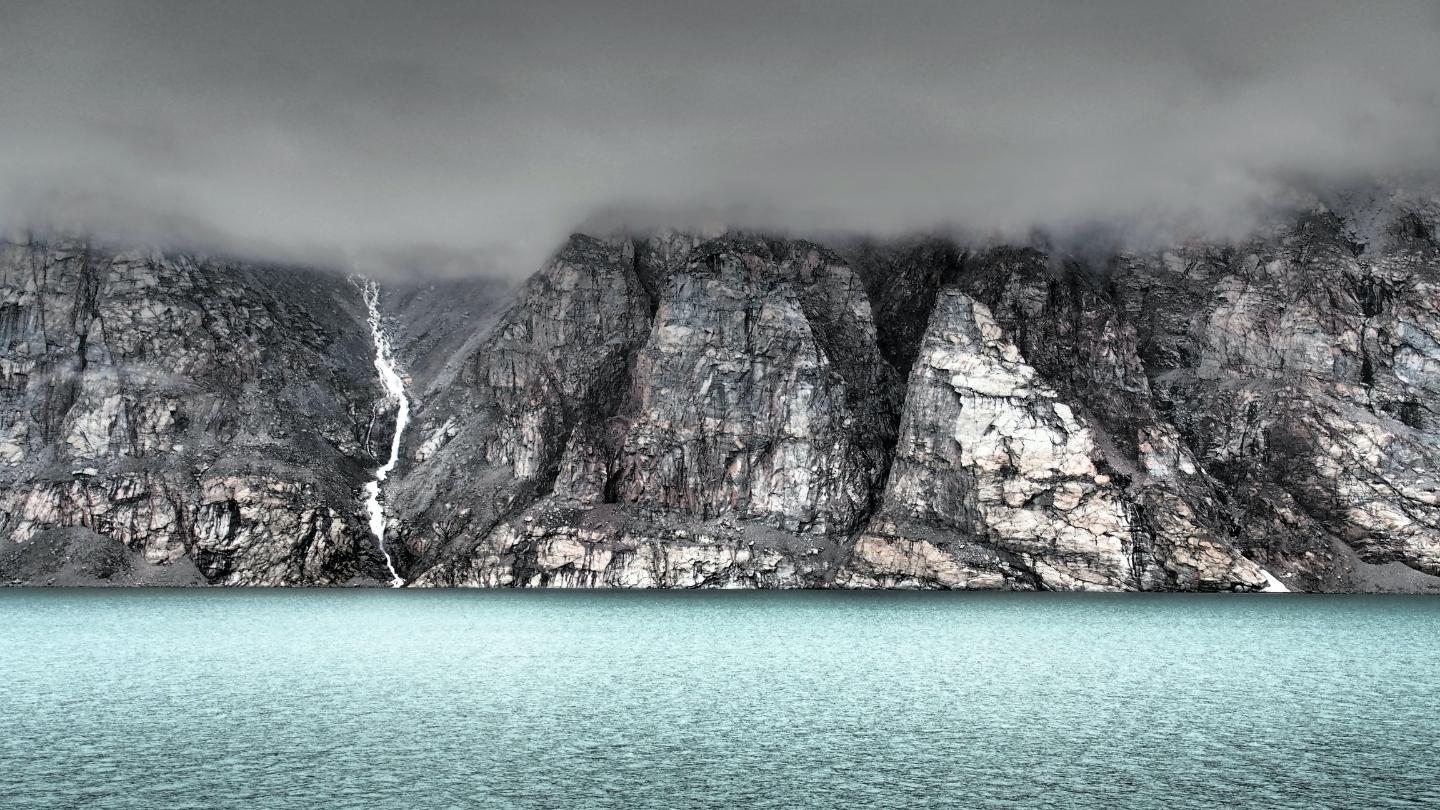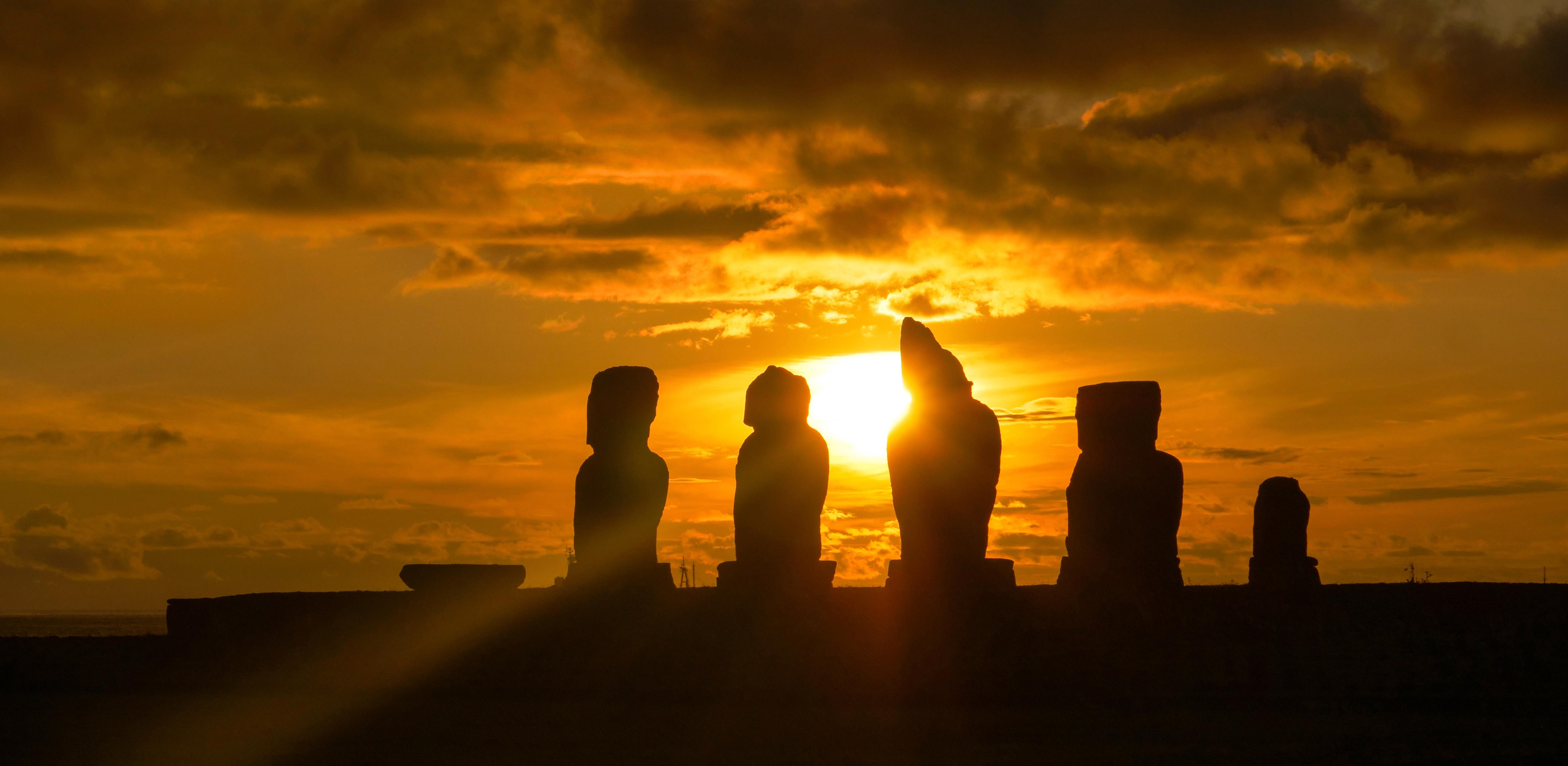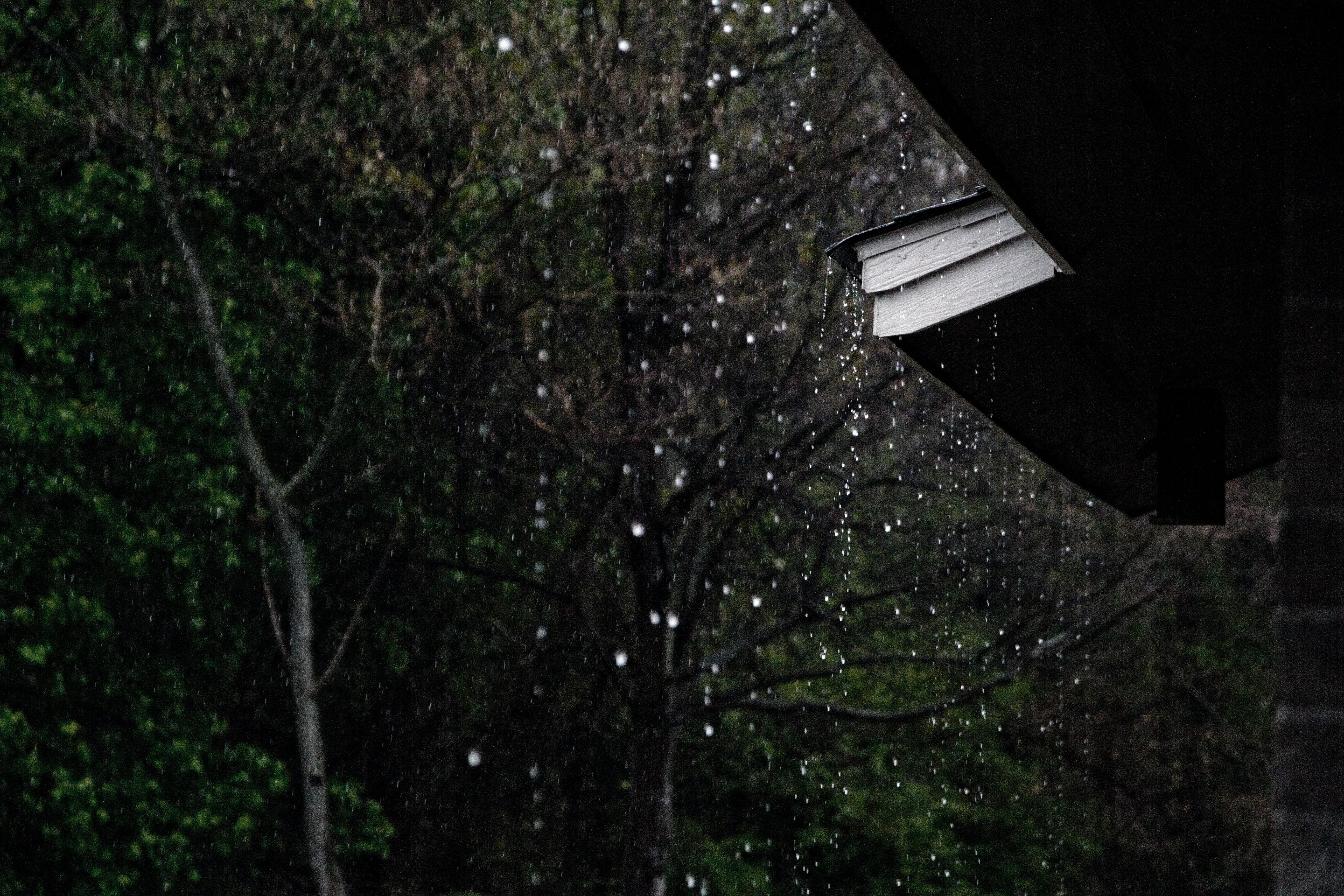Climate change melts Mount Everest’s ice, exposing dead bodies of past climbers

Image source: Wikimedia commons
- Mt. Everest is the final resting place of about 200 climbers who never made it down.
- Recent glacial melting, caused by climate change, has made many of the bodies previously hidden by ice and snow visible again.
- While many bodies are quite visible and well known, others are renowned for being lost for decades.
People die trying to reach the top of Mt. Everest. While about 5,000 people have gotten to the top and came back down to tell the tale, 300 have not and 200 bodies remain on the mountain. Many of these bodies have been covered by snow and ice over the years, but now with glaciers melting due to climate change some of the long-hidden bodies are reportedly becoming visible again.
Ang Tshering Sherpa, former president of Nepal Mountaineering Association, told the BBC: “Because of global warming, the ice sheet and glaciers are fast melting and the dead bodies that remained buried all these years are now becoming exposed. We have brought down dead bodies of some mountaineers who died in recent years, but the old ones that remained buried are now coming out.”
The ice on Everest is melting fast, in 2016 the Nepalese Army had to be called in to drain lakes swollen with glacial-melt that threatened to flood. The Khumbu Glacier is melting so fast that ponds are forming and linking up to create small lakes. Not all the bodies that turn up are made visible by global warming though, glaciers move and snow drifts shift over time so previously hidden bodies are always at risk of coming back into view.
Why leave the bodies there at all? Why not bring people down as soon as they die?
It costs a lot of money to go get a body on the highest mountain in the world, up to $80,000 to be precise. Then there is the problem of actually doing it, since some attempts to retrieve bodies are forced by difficult conditions to abandon their efforts.
Some people, such as mountaineer Alan Arnette, argue that the bodies should be left there. He told the BBC, “Most climbers like to be left on the mountains if they died. So it would be deemed disrespectful to just remove them unless they need to be moved from the climbing route or their families want them.”
This doesn’t stop people from wanting the bodies taken down or dealt with in other ways. David Sharp‘s body was moved out of sight in 2007. George Mallory’s body took 75 years to find and was given an Anglican burial in 1999. Over time, the elements often move bodies away from the main routes up the mountain to more isolated areas where they remain undisturbed.
Everest’s chilling landmarks
The bodies that remain in view are often used as waypoints for the living. Some of them are well-known markers that have earned nicknames.
For instance, the image above is of “Green Boots,” the unidentified corpse named for its neon footwear. Widely believed to be the body of Tsewang Paljor, the remains are well known as a guide point for passing mountaineers. Perhaps it is too well known, as the climber David Sharp died next to Green Boots while dozens of people walked past him — many presuming he was the famous corpse.
A large area below the summit has earned the discordant nickname “Rainbow Valley” for being filled with the bright and colorfully dressed corpses of maintainers who never made it back down. The sight of a frozen hand or foot sticking out of the snow is so common that Tshering Pandey Bhote, vice president of Nepal National Mountain Guides Association claimed: “Most climbers are mentally prepared to come across such a sight.”
Other bodies are famous for not having been found yet. Andrew “Sandy” Irvine, the climbing partner of George Mallory, may have been one of the first two people to reach the summit of Everest a full 30 years before Edmund Hillary and Tenzing Norgay did it. Since they never made it back down, nobody knows just how close to the top they made it.
Mallory’s frozen body was found by chance in the ’90s without the Kodak cameras he brought up to record the climb with. It has been speculated that Irvine might have them and Kodak says they could still develop the film if the cameras turn up. Circumstantial evidence suggests that they died on the way back down from the summit, Mallory had his goggles off and a photo of his wife he said he’d put at the peak wasn’t in his coat. If Irvine is found with that camera, history books might need rewriting.
As Everest’s glaciers melt its morbid history comes into clearer view. Will the melting cause old bodies to become new landmarks? Will Sandy Irvine be found? Only time will tell.





